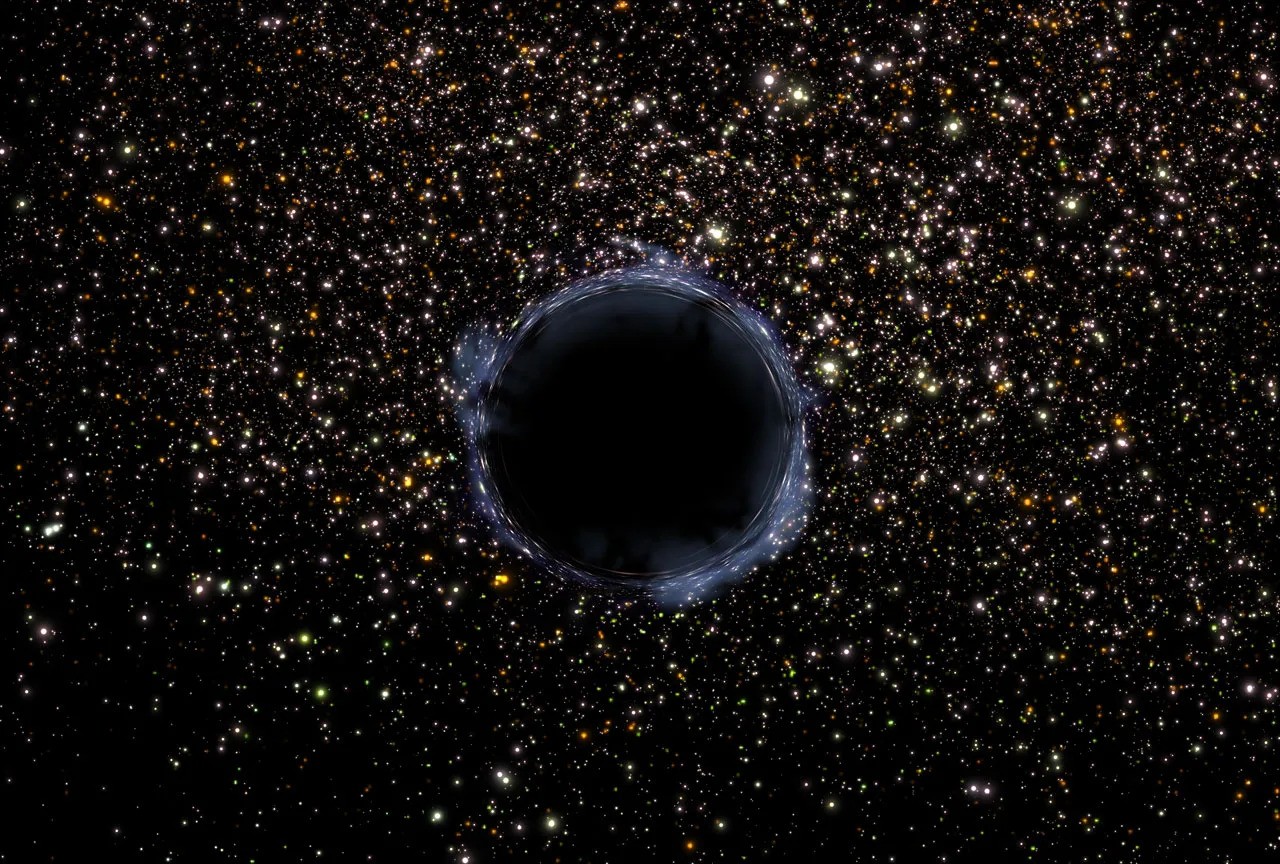Japanese physicists have created a new model of events in the early universe at the dawn of its existence. It is believed that during this period, the interaction of short and long waves caused the appearance of miniature black holes, which are candidates for dark matter elements. However, a new study shows that there should be quite a few of these objects in the universe.

Miniature black holes as a component of dark matter
Recently, researchers from the Research Center for the Early Universe (RESCEU) and Kavli Institute for the Physics and Mathematics of the Universe published a study that describes events in the early universe and may solve some problems related to miniature black holes.
In the current universe, scientists know two types of black holes: those that have a stellar mass and are formed during the collapse of luminaries and supermassive ones that are located in the centers of galaxies. However, some physical models show that in addition to them, at the very beginning of the existence of our Universe, very miniature objects could be formed directly from the vibrations of the vacuum.
Many people see these miniature black holes as components of dark matter. We still have no idea what it is, we only know about the fact of its existence. Scientists have a number of objections regarding tiny singularities as its elements, but no one can rule out this possibility yet.
What the new theory says
The two main problems associated with miniature black holes are that if there are many of them, then we should see gravitational waves from their merger, and background relic radiation should have certain signs. Scientists do not see either the first or the second.
Therefore, the researchers decided to build a new model. Their focus was on the era of inflation, when the size of the universe increased dramatically by 25 orders of magnitude. During this process, long spatial fluctuations occurred. Scientists can clearly see their traces in the relic microwave background and the large-scale structure of the universe.
However, it is believed that they were too weak to generate miniature black holes. The new theory claims that in addition to them, there could be shorter, but strong fluctuations that could overlap with long ones and significantly amplify them.
In this case, miniature black holes could indeed have originated in the early universe. However, there should have been fewer of them than previously thought. In addition, a completely new interpretation would have to be given to the large-scale structure of the universe. Observations of gravitational waves carried out in various observatories will be able to confirm or refute the new model.
According to phys.org


